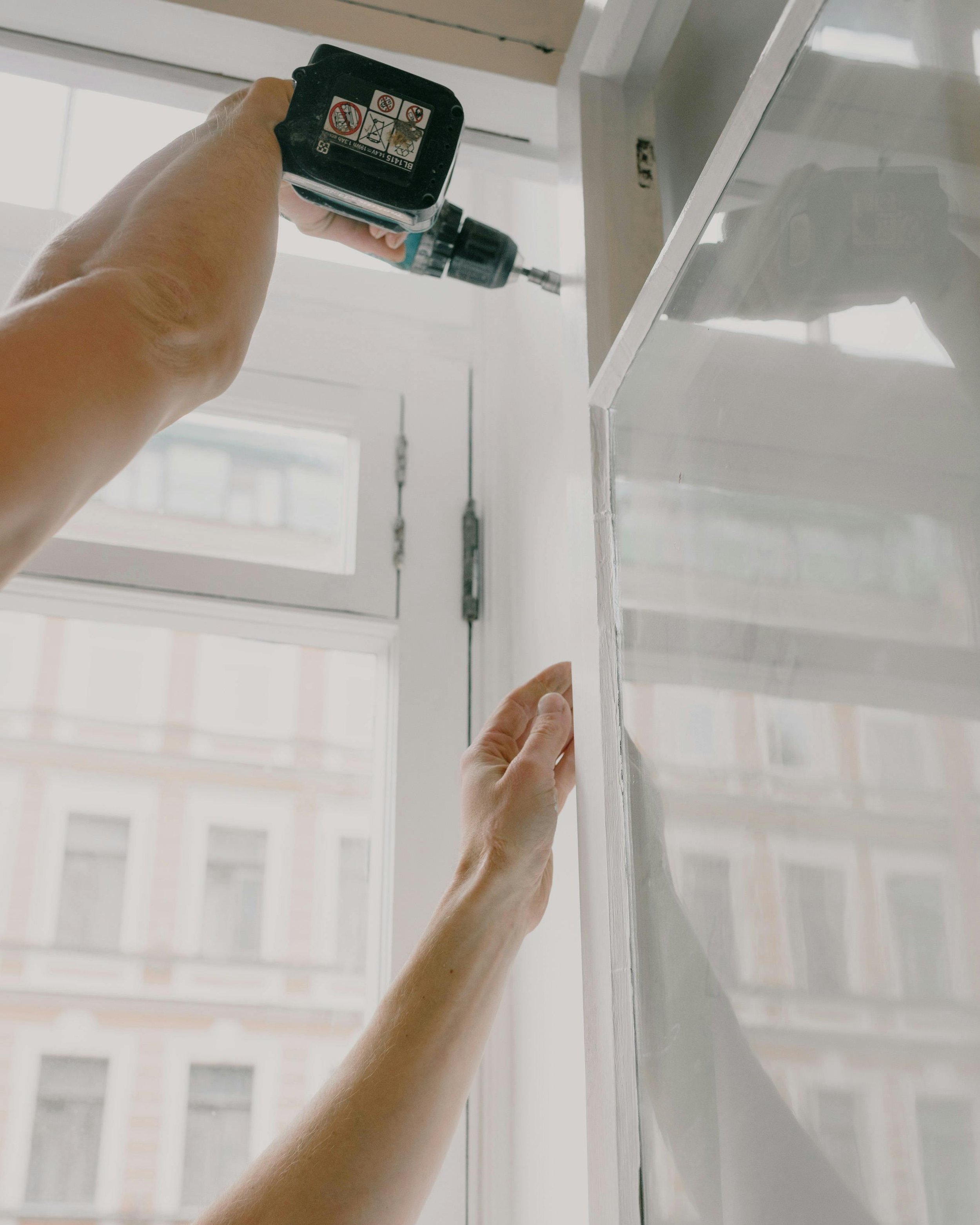The Truth About Interior Design: Debunking Common Misconceptions and the Cost of Not Using a Designer
Embarking on a home renovation project can be an exhilarating yet challenging endeavor. Whether you're sprucing up your living room, revamping your kitchen, or even planning a complete overhaul of your entire home, the process is undoubtedly exciting. However, navigating the world of interior design and home renovation can be quite daunting, especially with the numerous misconceptions that surround it. In this blog post, we aim to address these misconceptions and shed light on the importance of engaging an interior designer during your renovation journey. As we explore the various myths and misconceptions, we'll also discuss the potential pitfalls and financial repercussions of not enlisting a professional's expertise.
Misconception #1: Interior Design is Only About Aesthetics
One of the most common misconceptions about interior design is that it's solely about making a space look good. While aesthetics are undoubtedly a crucial aspect of interior design, it's far from the whole story. Interior designers are not just concerned with colours, furniture, and decor. They also focus on functionality, space planning, and creating a harmonious environment that suits the lifestyle and needs of the inhabitants.
When you hire an interior designer, you're benefiting from their expertise in optimising space, improving traffic flow, and ensuring that every element in the room serves a purpose. This holistic approach to design ensures that your space is not only beautiful but also practical and functional.
Misconception #2: Interior Design is Too Expensive
Another common misconception is that interior designers are only for the wealthy and that their services are unaffordable for the average homeowner. While it's true that some high-end interior designers cater to luxury clients, there are plenty of designers who work within a range of budgets.
Interior designers can actually help you save money in the long run. They have access to a wide network of suppliers and can often secure discounts on furniture, materials, and labour. Additionally, they can help you avoid costly mistakes by ensuring that everything is done right the first time, preventing you from having to redo work or purchase items that don't fit your space.
Misconception #3: DIY is Cheaper and More Rewarding
The rise of DIY culture has led many homeowners to believe that they can handle their own home renovations and interior design projects. While taking on DIY projects can be rewarding, it's essential to understand that not all aspects of a renovation can or should be done without professional help.
Interior designers have the training and experience to tackle complex tasks, such as structural changes, electrical work, and plumbing. Attempting these tasks without proper knowledge can lead to costly mistakes, safety hazards, and even legal issues. In the long run, the money saved by doing it yourself might pale in comparison to the costs incurred from fixing errors.
Misconception #4: Interior Designers Only Implement Their Style
Some homeowners fear that hiring an interior designer means giving up control over their home's aesthetic. They worry that the designer will impose their personal style on the project. However, a skilled interior designer's primary goal is to bring your vision to life, not their own.
Interior designers work closely with clients to understand their preferences, lifestyle, and needs. They create a customised design plan that reflects the client's personality and desires, ensuring that the final result is a space that the homeowner truly loves and feels comfortable in.
Misconception #5: Interior Designers Are Unnecessary for Small Projects
It's a common belief that interior designers are only needed for large-scale renovations or luxury homes. In reality, interior designers can be beneficial for projects of any size. Whether you're updating a single room, redecorating a small apartment, or tackling a significant remodel, an interior designer's guidance can make a substantial difference in the final outcome.
The Cost of Not Using an Interior Designer
Now that we've debunked some of the most prevalent misconceptions about interior design, it's crucial to consider the financial implications of not using a designer during a home renovation.
✽ Costly Mistakes: Without professional guidance, you're more likely to make costly mistakes. These can range from choosing the wrong paint colour to investing in furniture that doesn't fit the space. Correcting these errors often means spending more money to rectify the situation.
✽ Wasted Time and Energy: Home renovation projects can be time-consuming and energy-draining. Without a clear plan and professional expertise, you might find yourself overwhelmed by the process. An interior designer can streamline the project, saving you time and reducing the stress associated with it.
✽ Lost Value: When you make design choices without professional input, you risk devaluing your home. Poor design decisions can negatively impact the resale value of your property, potentially leading to financial losses if you decide to sell in the future.
✽ Safety and Compliance: Ignoring the need for professional input in areas like electrical work, plumbing, and structural changes can have serious safety implications. Furthermore, failing to comply with building codes and regulations can result in fines and delays, adding unexpected costs to your renovation.
✽ Unrealised Potential: A skilled interior designer can help you make the most of your space, highlighting its full potential. Without their expertise, you may overlook opportunities to create a more functional and aesthetically pleasing environment, potentially regretting missed possibilities.
Ultimately, the decision to hire an interior designer depends on your project's complexity, your budget, and your personal preferences. However, it's essential to understand that interior designers can be a valuable asset in achieving a successful and cost-effective renovation. By collaborating with a professional, you can ensure that your home not only looks great but also functions optimally, creating a space that truly reflects your style and needs while avoiding costly missteps along the way.







